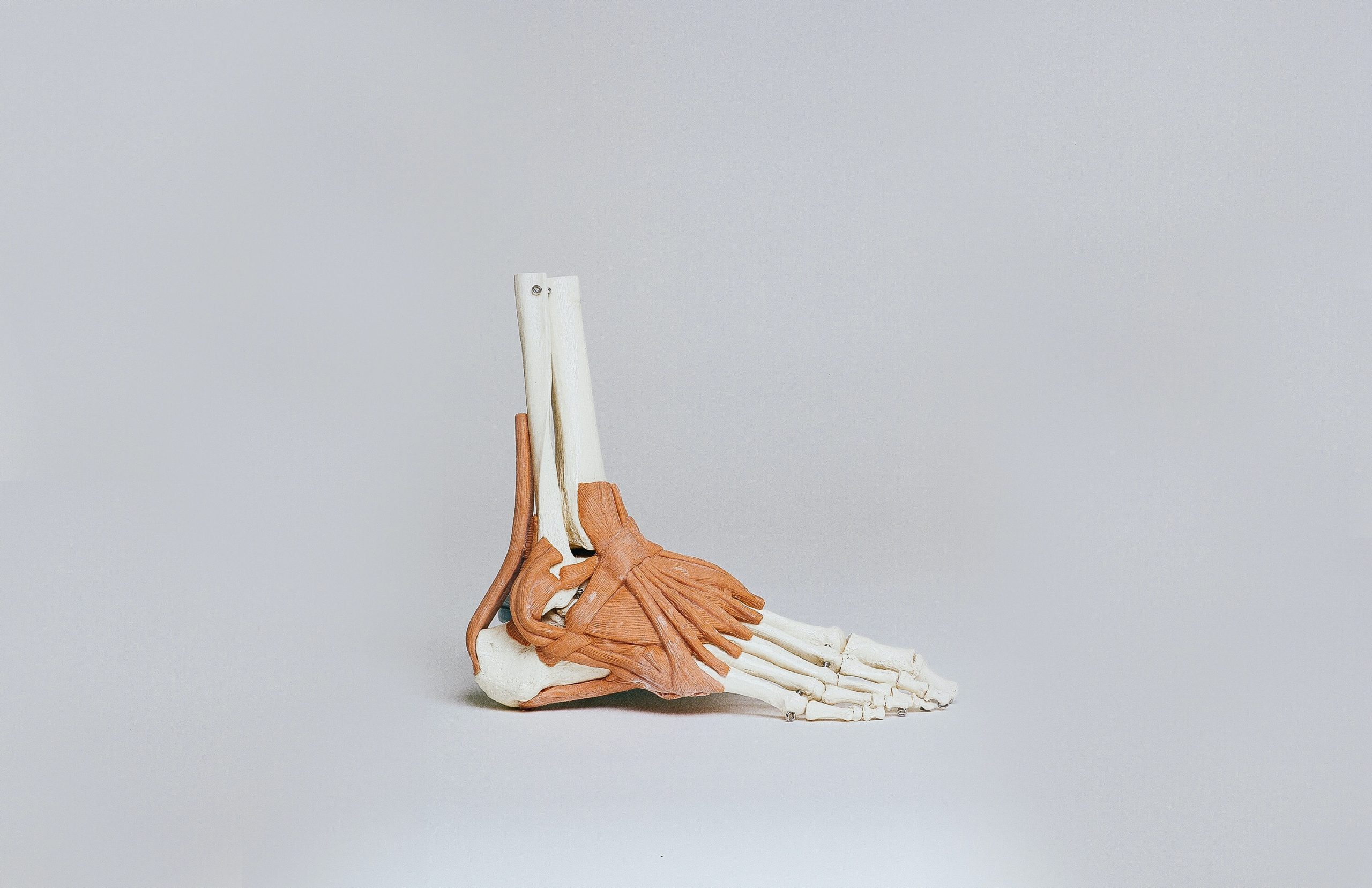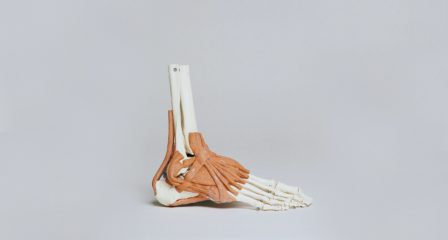Achilles tendon pain (tendinopathy) is one of the most commonly injured and painful areas for runners of all levels. If you have ever experienced this pain, it’s often dull and long lasting and can linger around for days after a run or activity. It’s normal for runners to fear this and many runners have a love hate relationship with their Achilles for this reason. Pain is usually what causes people to stop running and seek physiotherapy advice, and at The Injury Clinic we see a lot of painful achilles.
But the Achilles is more than a tendon that gets painful, or just an attachment of calf muscle to the heel. When considering the role of the achilles for running and walking it’s actually a powerful tool to enhance our ability to generate force. When the achilles is healthy, it can actually be a strong component to faster running and requires much less energy than a muscle.
One way to think of your Achilles is as a spring:
- A strong Achilles is like a strong spring, it resists compression and creates a fast and powerful response when force is applied to it.
- When our foot hits the ground the Achilles needs to stay stiff like a spring and create a stable base for our calf muscle to contract.
- It provides “passive” force, meaning it doesn’t require energy and uses the force from our body weight to create elastic energy.
When running we should consider our Achilles as a powerful spring to help our run pace and energy requirements, not just as a spot that gets sore and annoying! And if there is pain, we want to restore the spring-like mechanisms to reduce future injury.
Top tips to keep your Achilles strong like a spring:
- Allow tendon recovery – rest days, sleep, eat for fuel and recovery!
- Manage weekly run load – Consider: fast/slow/easy runs not just always at the same speed or distance
- Consider tendon loads on different terrains – hills vs flat
- Always maintain high calf loading strength work- not just body weight calf raises
REFERENCES:
Geyer, H., Seyfarth, A., & Blickhan, R. (2006). Compliant leg behaviour explains basic dynamics of walking and running. Proceedings of the Royal Society B: Biological Sciences, 273(1603), 2861-2867.
Sawicki, G. S., Lewis, C. L., & Ferris, D. P. (2009). It pays to have a spring in your step. Exercise and sport sciences reviews, 37(3), 130.
For more information on Physiotherapy at The Injury Clinic, please click HERE
To book a consult online, please click HERE



